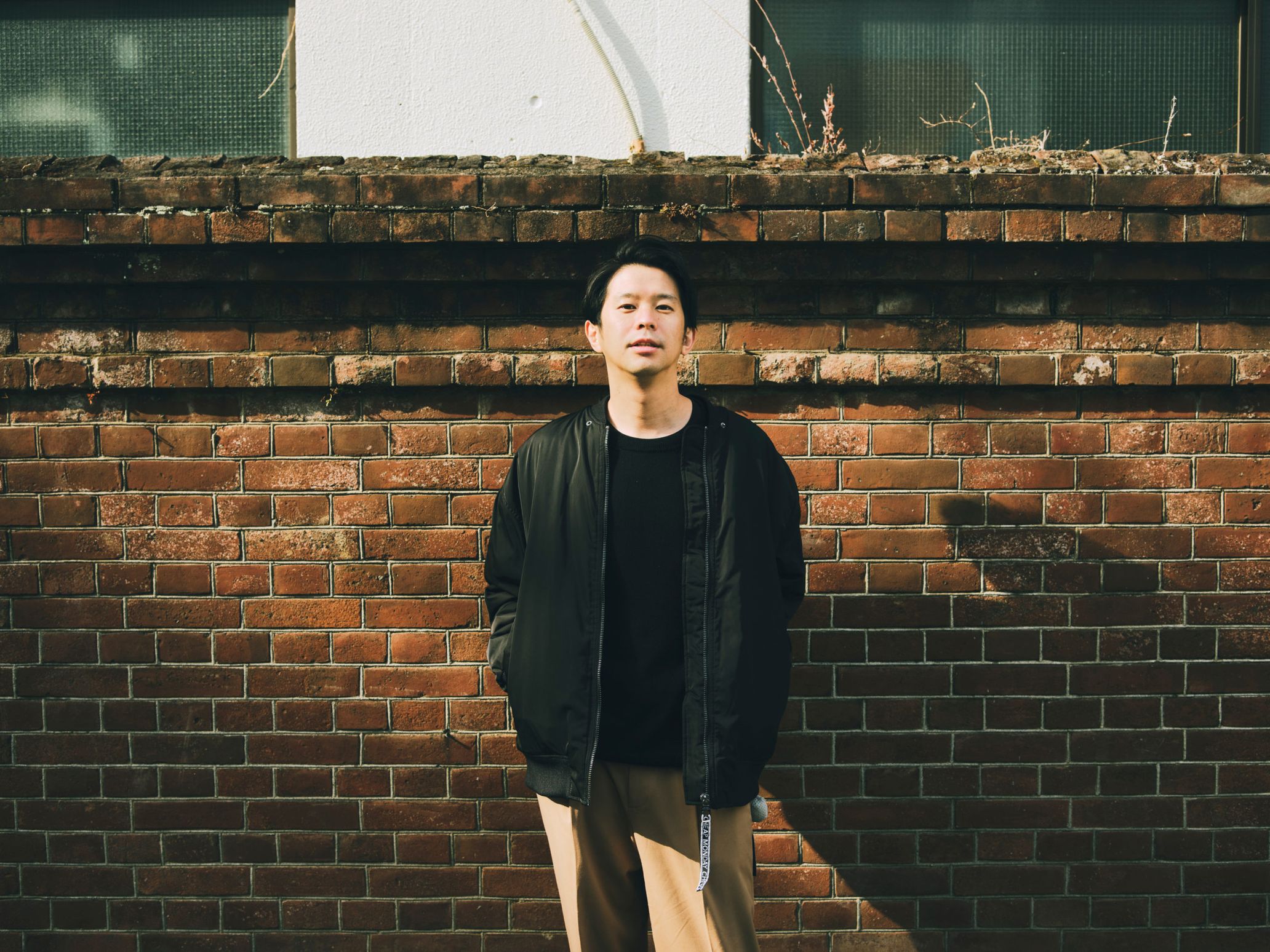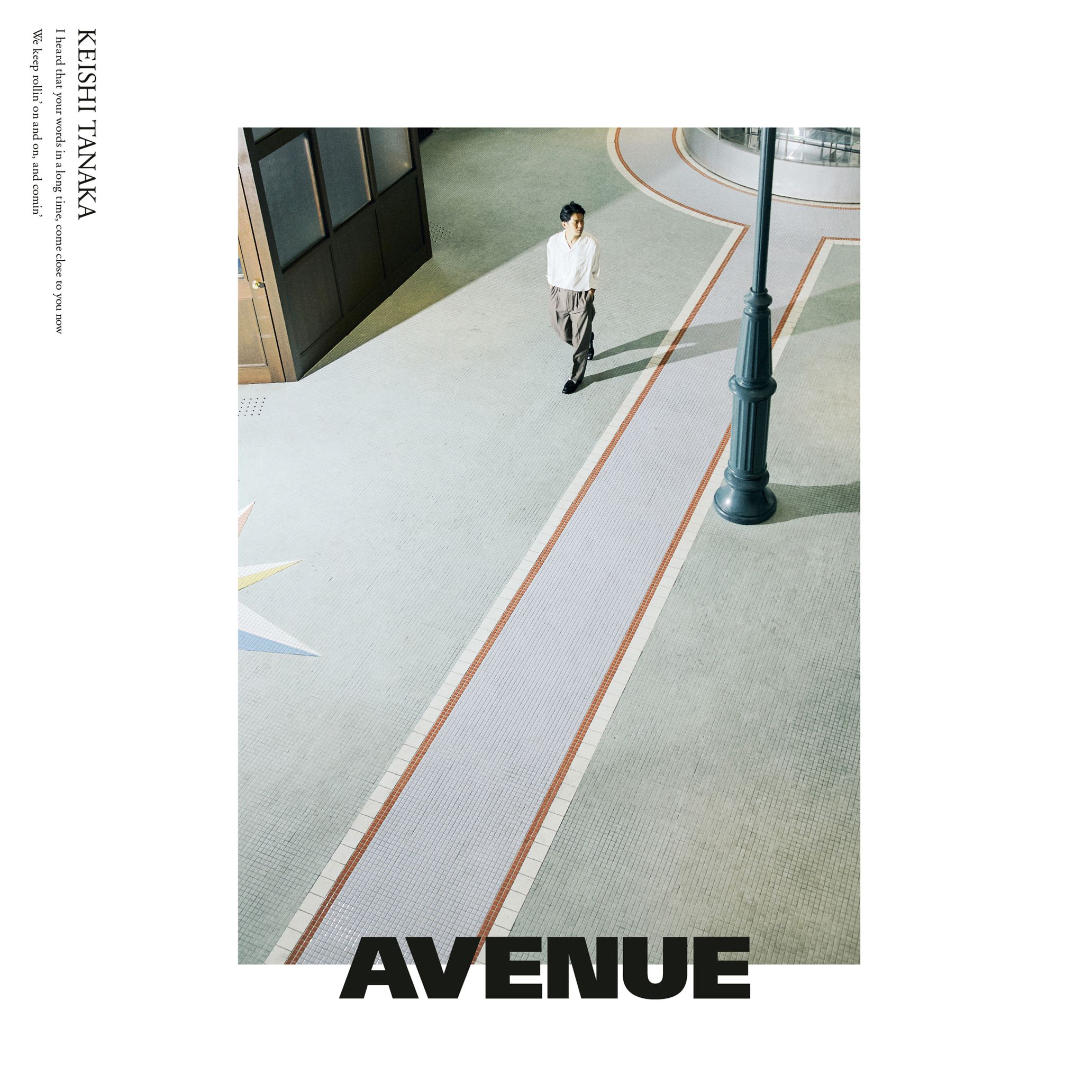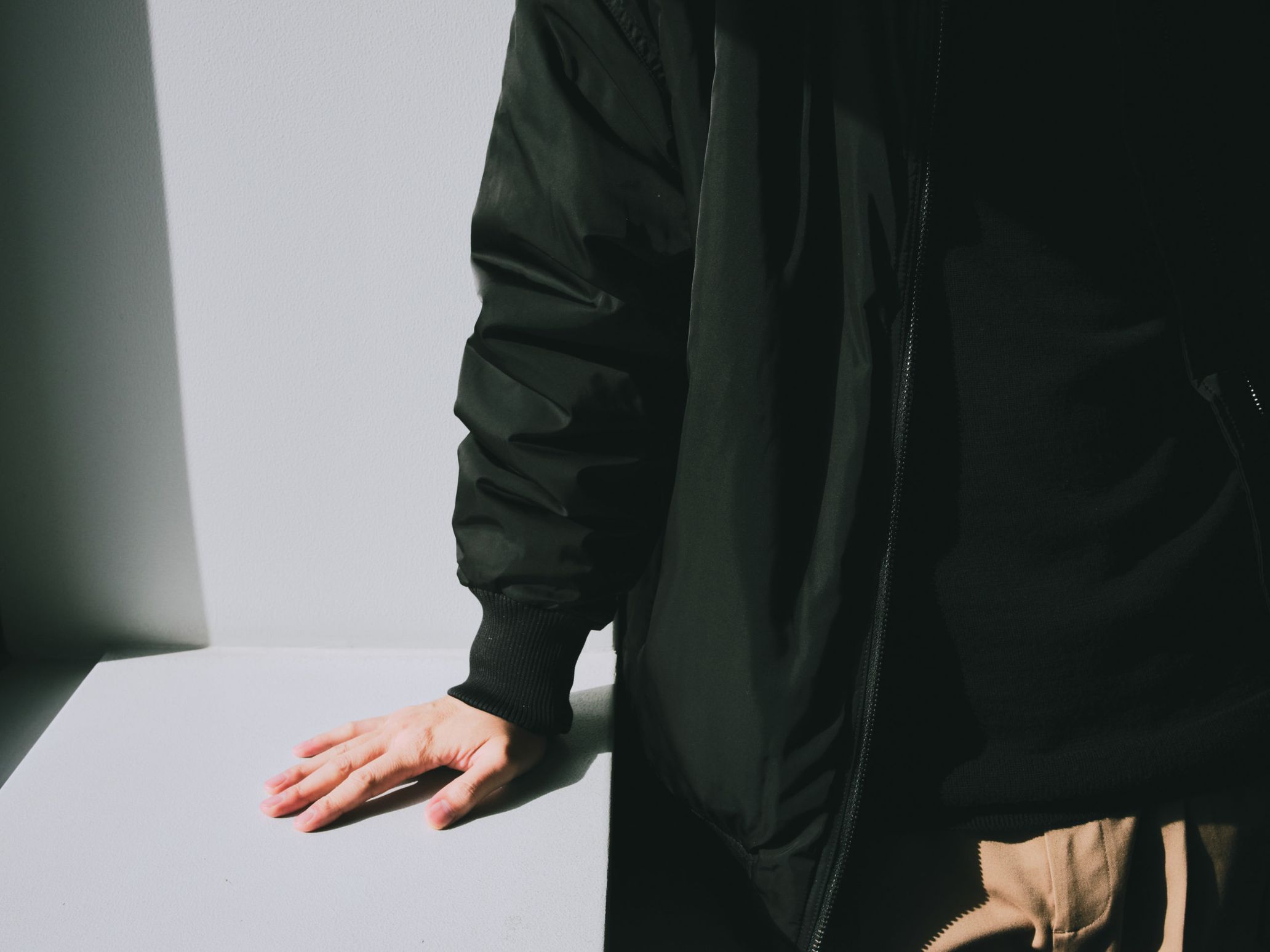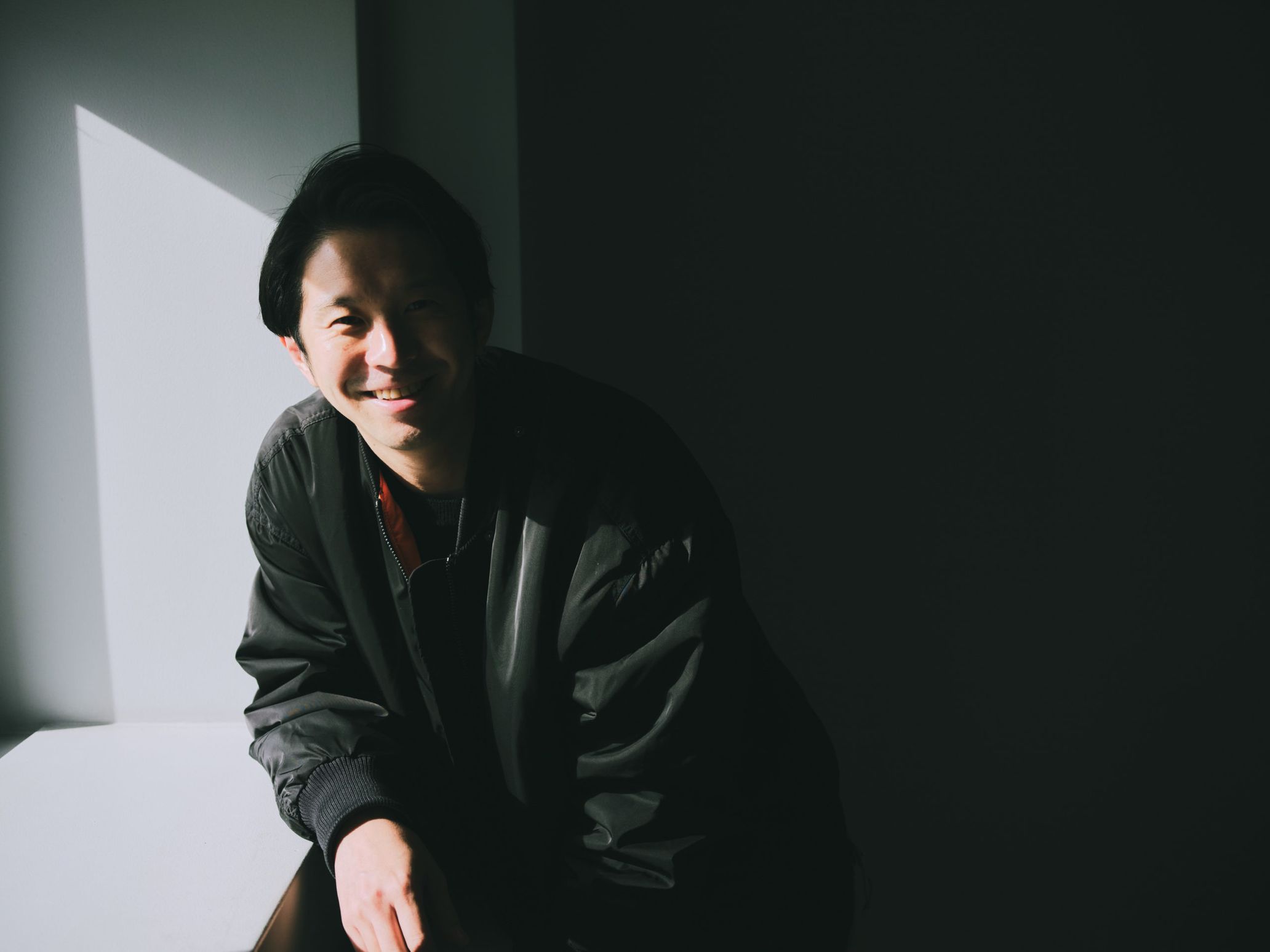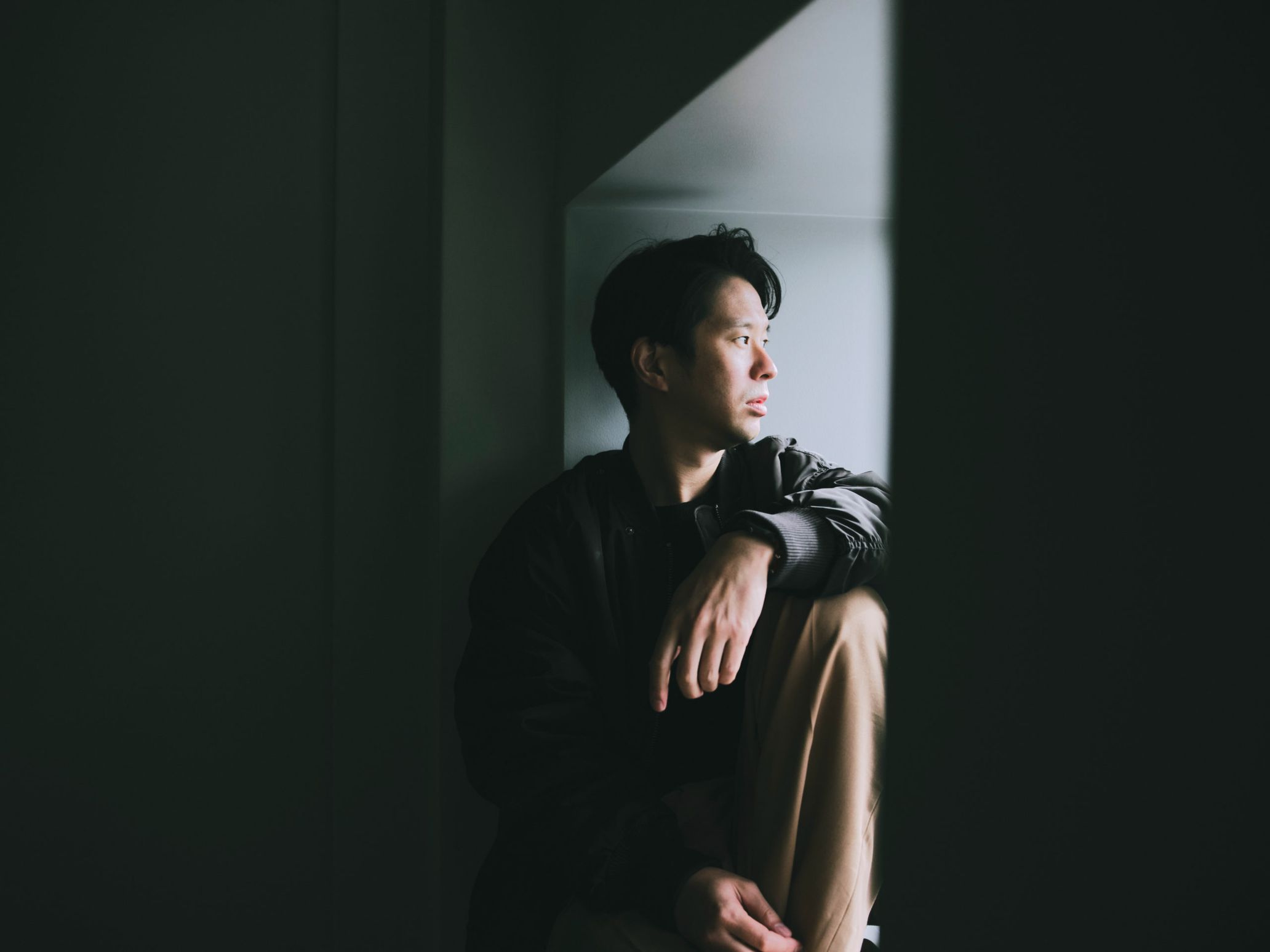Coronavirus shook the world in 2020. Keishi Tanaka released his latest album, AVENUE, at the end of the year. It’s a documentary-like portrayal of how the album came to be. Keishi went through a trying time; the stay-at-home period dragged on, his live shows got canceled one after the other, and he couldn’t get together with his bandmates. How did he process all of this, and how did he translate his thoughts into action? Keishi looks back on 2020 and talks about how he created AVENUE.
“In a way, I sang about what I did in 2020 without holding back”
――2020 was a trying year, but despite that, I feel like you’ve released and streamed music and put out your radio episodes nonstop.
Keishi Tanaka (Hereinafter Keishi): That’s a result of me not being able to play live. It’s not like I was busy or that I worked more than usual. I just used my time and thoughts towards playing live for other things. Like, “This is what happens to me when I can no longer perform live.” It was that kind of year.
――I can only imagine how you were feeling after being confronted with the reality of not being able to play live, which is arguable your lifework.
Keishi: I felt the necessity to look for something to be motivated by since I couldn’t play live anymore. To do that, I tried to create music in different ways than before and made discoveries too. In a way, I sang about what I did in 2020 without holding back. So, I wanted to release my latest album within the year. That was my motivation behind AVENUE.
――Chronologically speaking, the first song you put out is “One Love,” which you initially released in October 2019.
Keishi: In 2019, I went on a lengthy tour for my album BREATH, and I wanted to make a song about what I felt at the time. And so, I digitally released this song towards the end of the tour.
――It feels like a long time ago when we were all able to go to shows regularly.
Keishi: Yes. Live shows are at the top of my list as an artist. So, it was hard when I first heard that we couldn’t play live anymore in March. When three of the events I was supposed to take part in got canceled back-to-back, I thought, “What’s going to happen to me now?” But I was looking forward to releasing “The Smoke Is You” in April. I kept my head up partially because I felt like I could work around that. And my friends and I made a song called “Baby, Stay Home,” which was a song meant to uplift those in the music venue industry. At the time, it was huge for me to do what I could, even if it was in small steps.
――To keep going — that is the message.
Keishi: I thought about how my fans could find other ways to have fun, aside from going to shows, and that’s how I went live on Instagram and released radio episodes. I tried my hand at many things because I was like, “If it’s not meant for me, I can just quit.”
――You did indeed try something new with “The Smoke Is You.” You collaborated with Kan Sano-san for this song, and it was the first time someone else produced and wrote a song for you, right?
Keishi: I felt it was pointless for me to work with Kan-chan if I didn’t let him take the reins. He’s good at producing music using software programs, but he also values and incorporates acoustic textures. I approached him because I knew that he gets it. Even in our meetings, all I said was something like, “If you could keep the BPM moderate, that’s great.” I only told him the bare minimum. Compared to the songs I make, the key is a bit low, but that’s refreshing for me.
――The song has a mature feel to it.
Keishi: It makes me think of nighttime. It sounds new, but there’s a nostalgic sound too: it reminded me of my early 20s. Back when I still used to smoke, I would have live shows at MILK in Ebisu… It was as if that era of my life connects to my life today. I made a song named “Akogare” to celebrate this person’s decision to live outside Tokyo after getting married. Once I started singing that song nationwide, I had thoughts like, “Why did I come to Tokyo from Hokkaido?” I felt like I found the answer by making “The Smoke Is You.”
――You act without thinking ahead when you’re in your 20s. It’s a time of your life when you do things spontaneously.
Keishi: Yeah, I was like that too, and I don’t regret it. But there are occasions when that just doesn’t cut it. Like the Great East Japan Earthquake in 2011 and coronavirus. When most musical activities stopped because of the pandemic, an artist in their 20s asked me about the earthquake: “What was the situation like back then?” I explained how we had planned power outages and how there was pressure not to perform at live houses. However, the situation was different according to the prefecture. Some went to the Tohoku area with one guitar, for instance. We talked about this topic until the end of March.
――Right. There are some similarities between today’s climate, where we’re being asked to stay in, and the Great East Japan Earthquake.
Keishi: I was still in my 20s at that time, and people my senior helped me out because I couldn’t do things on my own too well. Fast forward ten years since then, I took action, as I felt like there were things I could do right now. I had the words, “Don’t rush it” in the back of my mind and did what I could as one person.
A spring like no other — “Why not let the situation lead me?”
――You released “Fallin’ Down,” which you made remotely, exclusively on note (a Japanese blogging platform) on May 2nd.
Keishi: This song was born from my interactions with high school students from Toyooka city, Hyogo prefecture. I made it after being robbed of the chance to release studio-recorded music because of coronavirus. I felt like I should give home recording a try. It might sound weird but I didn’t care what I did in April and May, as long as I had something to do. Of course, there were some inconveniences with recording at home, but doing nothing was worse because it made me feel anxious. Plus, it seemed like my bandmates had fun, so I’m glad I did it.
――On AVENUE, you have a version where you physically got together with the band and recorded it.
Keishi: There are two songs on the album that were recorded in-person with the band: “Fallin’ Down” and “One Love.” I initially sang “One Love” on top of the piano. This is obvious, but a new kind of groove was born from recording with the band. I feel like these two songs have stories to them.
――On May 23rd, your tour got canceled, and you simultaneously released “Yureru Ha featuring oysm” exclusively on note.
Keishi: Everyone’s live shows were getting canceled, so I wanted to send out something optimistic. I thought creating something positive would balance out the negative news (laughs). I always wanted to compose a song that people could fall asleep to, but I didn’t have the time. That’s when I remembered that there was an instrumental band called oysm (read as “Oyasumi,” which is the Japanese word for “goodnight”). I told them that I wanted to create something based on their song, “HA” and they were on board with it.
――That period was when the emergency announcement was lifted but people were unsure of what was going to happen next.
Keishi: It was hard to come up with the lyrics for “Yureru Ha featuring oysm.” I mean, there wasn’t much I could say. I didn’t know what was going to happen, and the situation kept on changing rapidly. With that said, we can’t pretend like 2020 didn’t happen. So, I thought that it was better to go with my usual sound and lyrics. I felt like the listener would feel relieved to recognize the song as my own, and I wanted them to feel close.
――I see.
Keishi: I thought about what to say the hardest on “Where You Know,” which is the last song I completed. I thought, “Why not let the situation lead me?” 2020 was the year when you couldn’t say things like “I’ll come to see you” or “Come see me,” so I wanted to make that the theme. I wrote the lyrics according to how things unfolded. Like, “At first, it (physical interactions) starts at zero, but then one side begins to communicate with the other side until both parties partake in it.” But there is no conclusion in this song.
――Right, the pandemic hasn’t concluded yet.
Keishi: Yeah. I can’t give a conclusion, but I think it’s imperative to imagine what lies ahead. For me, that looks like the world inside “One Love,” which is about where I belong. That’s why I wanted to make a band version of that song in 2020. I came up with the title AVENUE after I figured that “Where You Know” and “One Love” made up one story. The image I had is an eternal “avenue” that includes the past, future, and all the times I stopped walking.
――“One Love” must’ve played an immense role.
Keishi: The destination differs according to the person, as well as what they want to protect. So, I think it’s okay for people’s interpretation of what lies ahead to be different. I would say I want to preserve live houses, but different people want to protect different things. I hope this could allow people to think about what they want in the future and what they don’t want.
――Did you produce “Where You Know” using a software program to create a sound that’s reminiscent of 2020?
Keishi: I wanted there to be an element of fun and surprise. Until this time around, I used to make albums with touring as the goal. But that motivation went away. I always wanted to try making songs with samples in them, and I thought this was the perfect time to do it. That’s why I approached my good friend, George (Mop of Head).
――What was the vibe you went for with this track?
Keishi: This might be a bit old, but I talked to George about creating a sound that’s like 2000s-era Kanye West. We were young adults at that time. We made around three different instrumentals that sounded old on purpose and sampled them as if they were puzzle pieces. It was such a fresh and fun experience for me. Whenever you make music, it’s important to be playful.
――There’s a gospel-style chorus on this song, which connects to your previous work, BREATH.
Keishi: Somebody told me, “You sound like you’re trying to understand the listener more than before.” With AVENUE, it wasn’t like I was trying to open up a path or anything. I honestly didn’t have space to think about that. The theme was to figure out what I can say to the people around me through my music and what I can leave behind. So, I thought maybe the person wasn’t wrong in thinking I was “trying to understand” more.
――It’s not a closed-off or narrow-minded album; it’s an accepting, open-hearted album.
Keishi: When it comes to creating something, it’s yours when you’re creating it, but once it’s out there in the world, it’s no longer yours. I think that’s vital. I’m always seeking out new things, but I’m now able to compartmentalize my expectations according to the situation. I knew this was the right thing to do in my 20s, but I couldn’t do it well back then.
――Your threshold became higher.
Keishi: Whenever there’s something as impactful as coronavirus, our understanding changes as well. You start to feel like, “This year is an exception, let’s try doing whatever we want.” As long as it’s something fun or comforting, anything goes. If you’re concerned about having a show indoors, you can do it outdoors.
――From summer to fall, you had outdoor shows, and you had many innovative ideas with that.
Keishi: I love the outdoors, so much so that I have a series of columns about it in a magazine. But I never married my passion for the outdoors and music together before. I think now is the time to demonstrate how cool the outdoors is because we can’t have shows at live venues. This idea came about when I realized I could ask other outdoor enthusiasts for help if I wanted to play live at a campsite or on the rooftop of an outdoor shop.
――That’s nice!
Keishi: The other day, I hiked a mountain with my fans and had a show after that. They might’ve been skeptical about this project if it happened before the pandemic, like “A live show after hiking? What?” (laughs). 2020 was the year to do it. I wanted to do something that made people happy.
――It was a proper hike too. What you did is unprecedented!
Keishi: If it didn’t go well, I wasn’t going to do it again. However, it went better than I had expected, so I want to do it again someday. But it was physically exhausting. I left Tokyo early in the morning, climbed a mountain, rehearsed while everyone had their lunch break, and then performed for about two hours. I ran out of fuel at the end when I sang encore (laughs).
――(Laughs). Hearing that story makes me think that there are so many new ways to have fun.
Keishi: This idea doesn’t belong to me, so I want to share it with everyone. There is so much out there, so I want to learn more. I feel like we all have to do something like this for a while. I hope we can overcome this together.
Keishi Tanaka
After Riddim Saunter broke up, Keishi Tanaka started his solo career. With a soulful voice and keen musical sensibilities, he has released four albums thus far. From singing with a guitar in hand to playing with a band, Keishi Tanaka has played live in various styles. Everyone is welcome to his shows. He continues to unleash his creativity through his radio show on note, a songbook with poems and photography, a collection of poems, and a series of columns about the outdoors in an outdoor magazine.
https://keishitanaka.com/
Instagram:@keishitanaka
Photography Tetsuya Yamakawa
Translation Lena-Grace Suda

